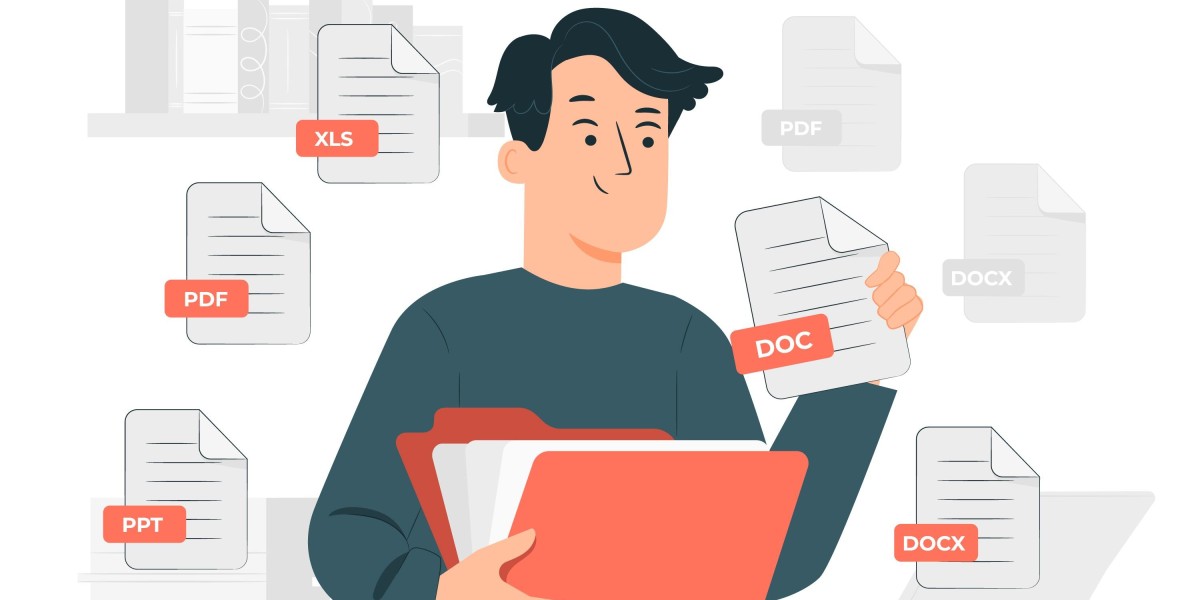In today's fast-paced and ever-evolving business landscape, organizations must constantly strive for efficiency, productivity, and adaptability. One powerful tool that contributes significantly to achieving these goals is procedure documentation. Documenting processes is not a new concept, but in recent years, it has gained even more prominence with the advent of Business Process Management (BPM) tools. In this blog post, we will explore the advantages of BPM and the role that procedure documentation plays in ensuring organizational success.
Advantages of BPM
Business Process Management, or BPM, is a systematic approach to managing and improving an organization's processes. BPM involves the use of technology, methodologies, and strategies to streamline and optimize business processes. Let's delve into the advantages of BPM and how it can drive organizational success.
1. Enhanced Efficiency and Productivity
One of the primary advantages of BPM is its ability to enhance efficiency and productivity within an organization. By documenting and automating repetitive and time-consuming tasks, BPM frees up valuable human resources to focus on more strategic and value-added activities. This leads to quicker task execution, reduced operational costs, and increased throughput.
2. Improved Process Visibility
BPM provides organizations with a clear and comprehensive view of their processes. Through visual process modeling and documentation, employees can gain a better understanding of how tasks and activities fit into the larger workflow. This improved visibility enables employees to identify bottlenecks, redundancies, and areas for improvement, facilitating better decision-making and problem-solving.
3. Consistency and Standardization
Consistency is vital in any organization, especially when it comes to delivering products or services. BPM helps ensure that processes are carried out consistently and according to predefined standards. By documenting procedures and automating tasks, BPM reduces the likelihood of errors and variations, resulting in higher quality outputs and improved customer satisfaction.
4. Agility and Adaptability
In today's dynamic business environment, organizations must be agile and adaptable to stay competitive. BPM allows organizations to easily modify and update processes in response to changing market conditions, customer demands, or regulatory requirements. This flexibility ensures that the organization remains responsive and can quickly pivot when necessary.
5. Data-Driven Decision-Making
BPM systems collect and analyze data from various processes, providing valuable insights into performance, efficiency, and resource utilization. This data-driven approach empowers organizations to make informed decisions based on real-time information. It also enables continuous process improvement by identifying areas that require optimization.
Procedure Documentation: The Backbone of BPM
Now that we've established the advantages of BPM, it's crucial to understand the pivotal role that procedure documentation plays in making BPM successful. Procedure documentation serves as the backbone of BPM by providing a structured and standardized way to capture, analyze, and improve processes.
1. Capturing Process Knowledge
Procedure documentation involves recording every step, task, and activity within a process. This documentation captures the knowledge and expertise of employees, ensuring that critical information is not lost when employees leave the organization or change roles. It creates a knowledge repository that can be accessed by anyone involved in the process.
2. Creating a Reference Point
Documented procedures serve as a reference point for employees. When individuals have clear and well-documented procedures to follow, they are less likely to make mistakes or deviate from the established process. This consistency and adherence to procedures contribute to improved quality and reliability in outputs.
3. Facilitating Training and Onboarding
New employees can quickly get up to speed with their roles and responsibilities when they have access to well-documented procedures. This expedites the onboarding process and reduces the time and resources needed for training. Moreover, it ensures that all employees are trained consistently and in accordance with best practices.
4. Supporting Process Analysis and Optimization
BPM relies on data-driven analysis to identify areas for improvement. Procedure documentation provides the data necessary for this analysis. By examining documented processes, organizations can pinpoint bottlenecks, inefficiencies, and areas where automation or optimization can yield the most significant benefits.
5. Ensuring Compliance and Accountability
In many industries, regulatory compliance is a critical concern. Procedure documentation helps organizations demonstrate compliance by providing a clear record of how processes are executed. It also establishes accountability by clearly defining roles and responsibilities within each process step.
Introducing TaskTrain: Empowering Procedure Documentation and BPM
To fully harness the advantages of BPM and procedure documentation, organizations can leverage modern tools and platforms designed to streamline these processes. One such tool is TaskTrain.
TaskTrain is a user-friendly BPM software solution that empowers organizations to create, document, and optimize their processes seamlessly. Here's how TaskTrain can play a pivotal role in enhancing procedure documentation and, by extension, organizational success:
1. Intuitive Process Mapping
TaskTrain provides an intuitive interface for mapping out processes visually. Users can create flowcharts and diagrams that make complex processes easy to understand. This visual representation is invaluable for both documenting procedures and communicating them effectively to employees.
2. Collaborative Documentation
Collaboration is key in procedure documentation. TaskTrain allows multiple team members to work together on documenting and refining processes in real-time. This collaborative approach ensures that the documentation is accurate, up-to-date, and reflects the collective knowledge of the team.
3. Automation and Integration
TaskTrain seamlessly integrates with other business systems and can automate tasks within processes. This automation reduces the need for manual intervention, minimizes errors, and accelerates process execution. It also allows organizations to create end-to-end workflows that span different departments and systems.
4. Analytics and Reporting
TaskTrain provides robust analytics and reporting features, allowing organizations to monitor process performance and identify areas for improvement. By tracking key metrics and KPIs, organizations can make data-driven decisions to optimize their processes continually.
5. Accessibility and Mobile Support
In today's digital age, accessibility is crucial. TaskTrain is accessible from any device with an internet connection, making it easy for employees to access procedure documentation, even when they are on the go. This accessibility ensures that employees can follow processes consistently, regardless of their location.
The Power of Procedure Documentation in Organizational Success
In the pursuit of organizational success, the advantages of BPM and well-documented procedures cannot be overstated. BPM enhances efficiency, improves visibility, ensures consistency, and enables data-driven decision-making. Procedure documentation, as the backbone of BPM, captures process knowledge, creates reference points, facilitates training, supports analysis, and ensures compliance.
Tools like TaskTrain empower organizations to take full advantage of BPM and procedure documentation by providing intuitive process mapping, collaborative documentation, automation, analytics, and accessibility. By embracing BPM and leveraging modern tools, organizations can position themselves for greater success, increased competitiveness, and sustained growth in today's dynamic business landscape.
Conclusion:
In conclusion, the synergy between BPM and procedure documentation is a potent recipe for organizational success. It not only enables organizations to thrive in the present but also equips them with the agility and adaptability needed to thrive in the future. As the business landscape continues to evolve, organizations that prioritize procedure documentation and BPM will undoubtedly lead the way in achieving their goals and objectives.
For More Information Visit: https://www.tasktrain.app/








